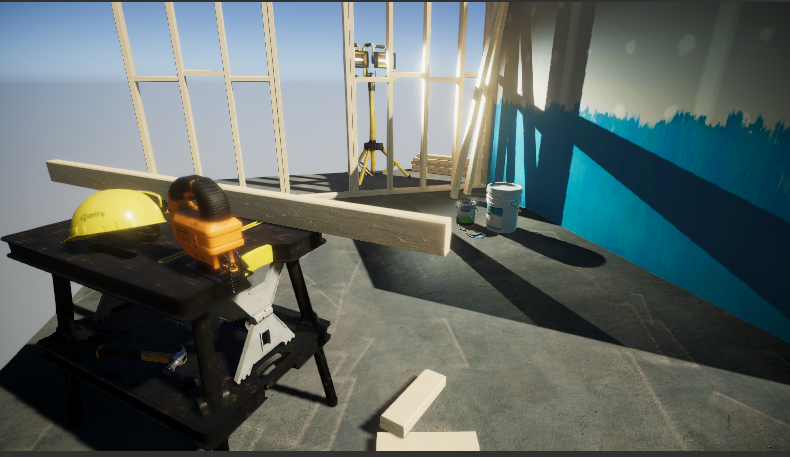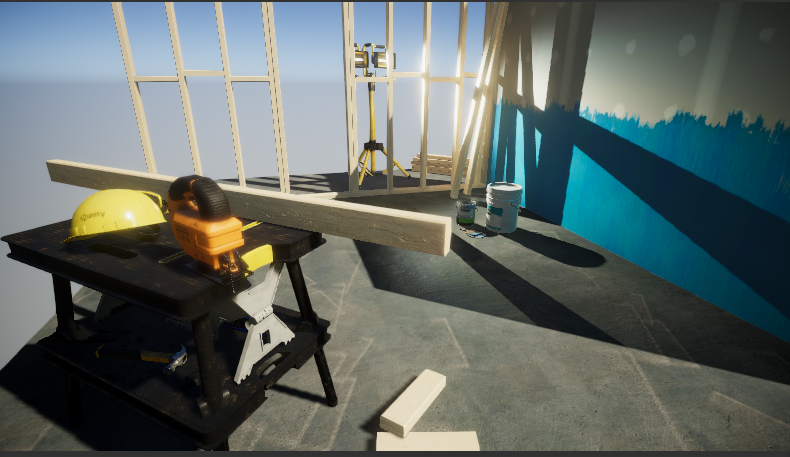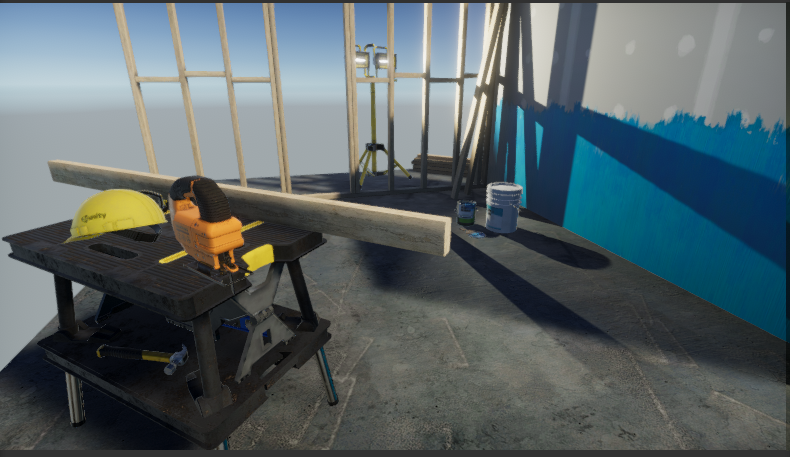Understanding Scriptable Render Pipelines
Tutorial
·
intermediate
·
+10XP
·
10 mins
·
(453)
Unity Technologies

Scriptable Rendering Pipelines allow developers to write how Unity renders a frame in C#. Developers can use the built-in pipelines, develop their own pipelines, or customize an existing pipeline to meet a project’s needs. In this tutorial, you will learn about the different Scriptable Render Pipelines.
Languages available:
1. Understanding Scriptable Render Pipelines
This tutorial has been verified using Unity 2019 LTS
https://learn.unity.com/tutorial/understanding-scriptable-render-pipelines-2019-3
Scriptable Rendering Pipelines allow developers to write how Unity renders a frame in C#. Developers can use the built-in pipelines, develop their own pipelines, or customize an existing pipeline to meet a project’s needs.
Currently, there are two rendering pipelines: the High-Definition Render Pipeline (HDRP) and the Universal Render Pipeline (URP).
2. High-Definition Rendering Pipeline
The High-Definition Render Pipeline (HDRP) is designed for higher fidelity and improved visual quality.. This pipeline makes several assumptions, such as that the target platforms have at least a DirectX 11 feature level and heavy use of compute shaders.
HDRP also comes with a new set of features and behaviors, such as improved lighting, material rendering, and a debugging tool. As such, there’s a learning curve in making use of this pipeline as there are significant differences from the current built-in rendering pipeline.

3. Universal Rendering Pipeline
This tutorial has been verified using Unity 2019 LTS
The Universal Render Pipeline (URP) is designed for optimized real-time performance. Its goal is to allow projects to perform well on performance-constrained platforms. It does this by making tradeoffs in regards to lighting and shading. If you’re targeting a broad range of mobile platforms, VR, or creating projects with limited real-time lighting needs, then URP is the best choice.
The URP performs single-pass forward rendering with one real-time shadow light and light culling per-object. By comparison, the legacy pipeline of forwarding rendering performs an additional pass per pixel light within range. This means the URP will result in fewer draw calls. It’s also supported by the Shader Graph tool, which provides additional benefits for shader authoring workflow.

4. Choosing the Right Pipeline
Deciding which pipeline is right for you, boils down to the nature of your project. Here are a few questions to help determine which pipeline is best for you:
- Do you need your project to be optimized and perform well on a wide range of devices?
- Are you aiming to release your project for high-end platforms?
The High-Definition Rendering Pipeline (HDRP) is designed to push the boundaries of visuals into the next generation of graphics fidelity. If you want high-end visual quality and are planning to release a project for high-end PCs and consoles, then you will benefit from HDRP.
The Universal Rendering Pipeline (URP) is designed for performance in mind and makes tradeoffs with lighting and shaders to reduce the computational taxes of those features. It’s designed solely to be able to target a wide range of platforms that would normally be difficult to develop for due to limited computing power. If you are aiming for a wide release on mobile and VR platforms, then you will benefit from using the URP.
5. Conclusion
Regardless of which pipeline you choose, you will end up with a new framework where you are able to extend, use, or customize the rendering pipeline to your needs.